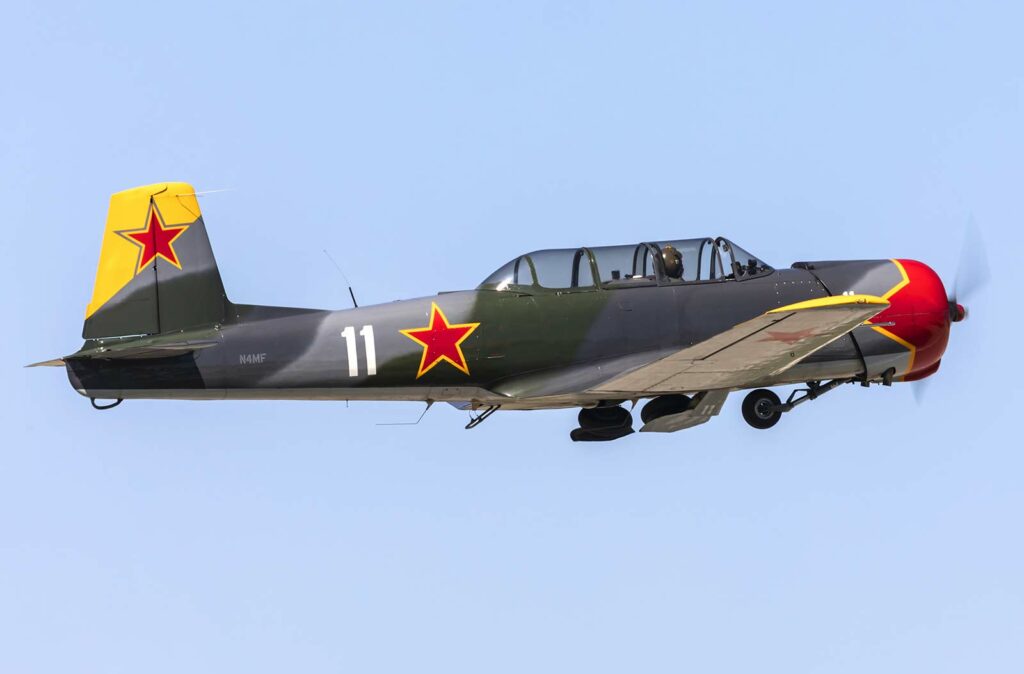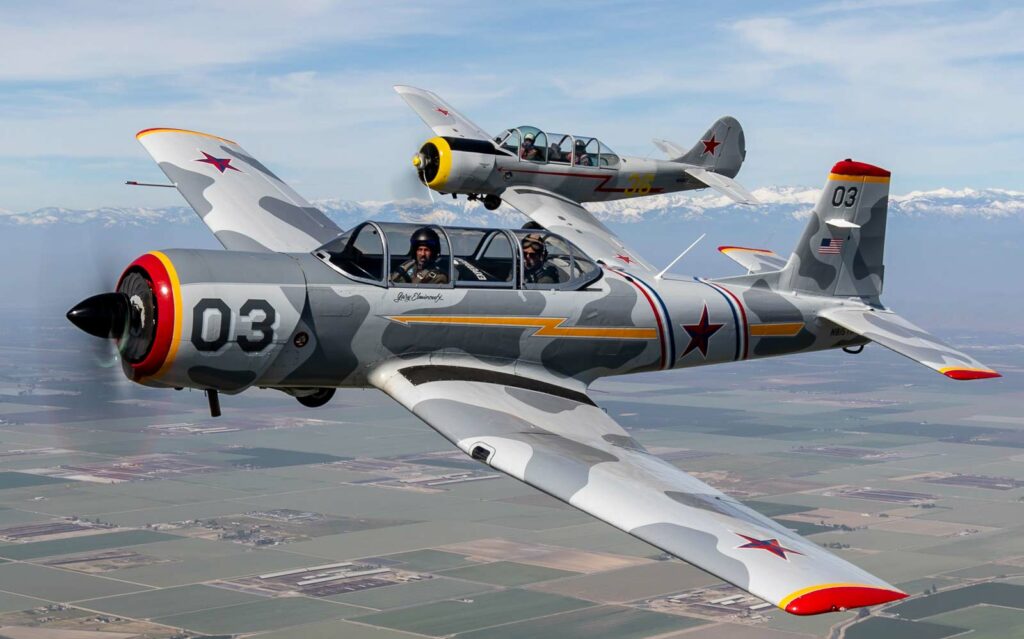The Nanchang CJ-6 is a Chinese-built, prop-driven basic trainer aircraft developed in the 1950s, widely used for pilot training and aerobatic performances.
In brief
The Nanchang CJ-6 is a primary trainer aircraft developed by China’s Nanchang Aircraft Manufacturing Corporation. Originating in the 1950s, this piston-engine, propeller-driven aircraft has been a staple in military pilot training due to its robustness, reliability, and ease of maintenance. Powered by a radial engine, typically the Huosai HS-6 or its variants, the CJ-6 features a fixed landing gear and a classic tandem two-seat configuration, allowing for both student and instructor. Its design emphasizes simplicity and durability, with a flight performance suitable for basic flight training as well as advanced aerobatic maneuvers. Over the years, the CJ-6 has seen multiple upgrades to its avionics, engine, and airframe, ensuring its continued relevance in training military aviators.

Introduction
In the aftermath of World War II and amidst the Cold War, the People’s Republic of China sought to modernize its military capabilities, including the training of its air force pilots. Recognizing the need for a domestically produced trainer aircraft that could meet the demands of both basic and advanced flight training, the development of the Nanchang CJ-6 began in the late 1950s. The project aimed to replace older, less capable trainers and reduce reliance on foreign aircraft. The CJ-6 made its first flight in 1958, marking a significant milestone in China’s aviation industry.
Design
The Nanchang CJ-6’s design is characterized by its air-cooled radial engine, fixed landing gear, and all-metal construction, reflecting the technology and design philosophies of its era. The aircraft’s wing is of a low-wing monoplane configuration, providing good visibility for both the pilot and instructor. The cockpit is equipped with dual controls, allowing either occupant to fully operate the aircraft.
One of the main advantages of the CJ-6’s design is its robustness and ease of maintenance, attributes critical for a training aircraft that sees frequent use. However, the fixed landing gear and relatively simple avionics package, while reducing complexity and cost, limit the aircraft’s speed and operational ceiling compared to more modern trainers.
Performance
The Nanchang CJ-6 is known for its respectable performance in the training role, with a maximum speed of around 220 mph (354 km/h) and a service ceiling of approximately 22,000 feet (6,705 meters). Its range of around 450 miles (724 kilometers) makes it adequate for extended training missions. The aircraft’s handling characteristics and aerobatic capability have also made it a favorite among pilot training programs and civilian aerobatic pilots alike.
While not the fastest or most advanced trainer compared to Western contemporaries like the Beechcraft T-6 Texan II, the CJ-6’s reliability, cost-effectiveness, and ease of operation have ensured its longevity and popularity.
Variants
The CJ-6 has undergone several modifications throughout its production life, resulting in multiple variants:
- CJ-6: The initial production version.
- CJ-6A: An improved variant with a more powerful engine and enhanced avionics.
- CJ-6B: A version designed for improved aerobatic performance.
Each variant reflects incremental improvements in performance, safety, and training capabilities, adapting to the evolving needs of military aviation training.

Military Use and Combat
Primarily used as a training aircraft, the Nanchang CJ-6 has equipped several generations of Chinese military aviators with fundamental flying skills. Its role has largely been non-combat, focusing on pilot training, proficiency flights, and aerobatic displays. However, its durability and adaptability have also seen it used in secondary roles such as light attack and reconnaissance in some scenarios, particularly in earlier decades of its service.
The CJ-6 has seen limited use outside China, primarily with nations aligned with China politically or those seeking cost-effective training solutions. It has not been widely involved in international conflicts but has participated in various military exercises and training programs.
The Nanchang CJ-6 stands as a testament to the enduring value of simple, robust design principles in military aviation. Its extensive use in pilot training within China and among other nations highlights its effectiveness as a basic trainer. Despite its age and the advent of more modern training aircraft, the CJ-6 continues to serve, offering a blend of reliability, ease of maintenance, and flight performance that remains valuable for training the next generation of pilots. Its legacy in the development of military aviators and its role in promoting aerobatic flying make it a significant aircraft in aviation history.
Back to the Trainers section.